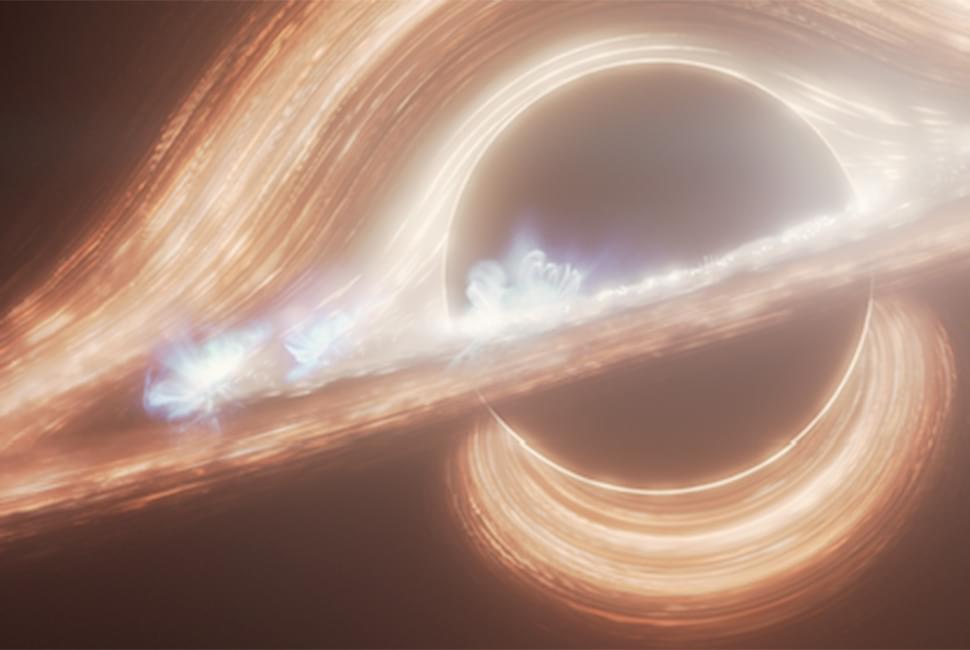For the study, the researchers used NASA’s powerful James Webb Space Telescope to observe Sagittarius A* to better understand its activity. After conducting several observations between 2023 and 2024, the researchers found that Sagittarius A* exhibited near-endless flare activity, ranging from faint flashes lasting a few seconds to massive eruptions occurring every day. Since Sagittarius A* interacts with the massive disk of gas and dust that comprises our galaxy, these results could help researchers better understand the formation and evolution of supermassive black holes throughout the universe.
“Flares are expected to happen in essentially all supermassive black holes, but our black hole is unique,” said Dr. Farhad Yusef-Zadeh, who is a professor at northwestern University and lead author of the study. “It is always bubbling with activity and never seems to reach a steady state. We observed the black hole multiple times throughout 2023 and 2024, and we noticed changes in every observation. We saw something different each time, which is really remarkable. Nothing ever stayed the same.”
